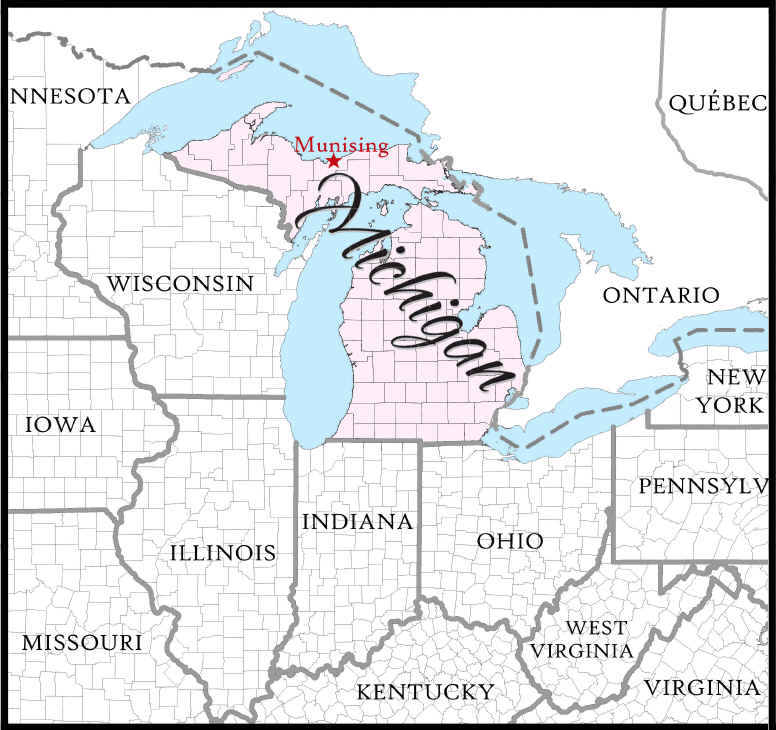
Marbling Paper
Munising 30-weight paper is a very durable, waterproof paper that works very well for marbling. It is a commercial printing paper and is never available in art supply or stationery stores. It is made by Neenah Paper Inc., which has been around since 1873. It was designed as a clean-room paper that won't shed particles or fibers -- it contains polymers which seal individual fibers into the sheet. It also doesn’t shrink, wrinkle, or buckle up when it dries. With this paper, you will never have to worry about the corners ripping off when you pick up a wet sheet, as so many other papers do, or about having to press it flat for days to remove the creases caused by your drying rack. Bookbinders may need to know this: the grain runs longways, from top to bottom, on both the 9˝"x 12˝" sheets and the 19"x 25" sheets.
But since the perfect marbling paper has yet to be invented, it still has a few characteristics that have to be worked around. It is not as absorbent as some papers, so you may have to use a slightly stronger alum solution than you are used to -- we recommend about 1/3 cup alum to 1 gallon water (or 1 teaspoon to one cup water). After applying the alum, let the papers dry completely, then stack them and press them under a heavy board for several hours or overnight, before marbling. The flatter the better; any curled-up corners will affect the pattern, or trap air bubbles. Paper tends to lose its alum if exposed for long to the air. If dry alum-coated papers are left exposed for more than two days, the alum will start to oxidize and disappear from the sheet, so of course the paints won’t stick. Even if the papers are stacked, this will happen all around the edges if they are exposed for long. To avoid this, they should be used within a few days after being alum-treated. If you wish to keep alum-treated papers on hand for a longer period, the papers can be kept inside a large plastic bag where they won’t be exposed to the air. When kept in a bag, the sheets will be good for weeks.
Because this paper is not as absorbent as you may be used to, small layout glitches can be a problem until you get the hang of the proper layout. These are small areas where the pattern looks somewhat warped, and are more noticeable with combed patterns than stone-based patterns. Rather than lowering the paper until the center of it touches the size, you must hold opposite corners and lower just one hand until one edge of the sheet is on the size, and then gradually lower the rest of the paper. In other words, when printing, one edge of the paper should touch the size first, rather than the center of the sheet.
The sheets of paper may be shipped to you in a roll, instead of flat. This should be no problem to you -- just unroll it, lay a book or a board on the stack, and it will flatten out very nicely. It will also flatten immediately, as soon as it gets wet with the alum solution.
The paper is made in the small town of Munising, Michigan, which is on the far northern shore of the Upper Peninsula right on Lake Superior, in a paper mill that was built in 1904 and has been in use ever since. However, it gets cut into sheets in Connecticut, which is where we have to go to pick it up! Then we drive it back here to Oklahoma in our own truck, so that the paper won't get bashed up by commercial trucking.

The Munising Mill:
